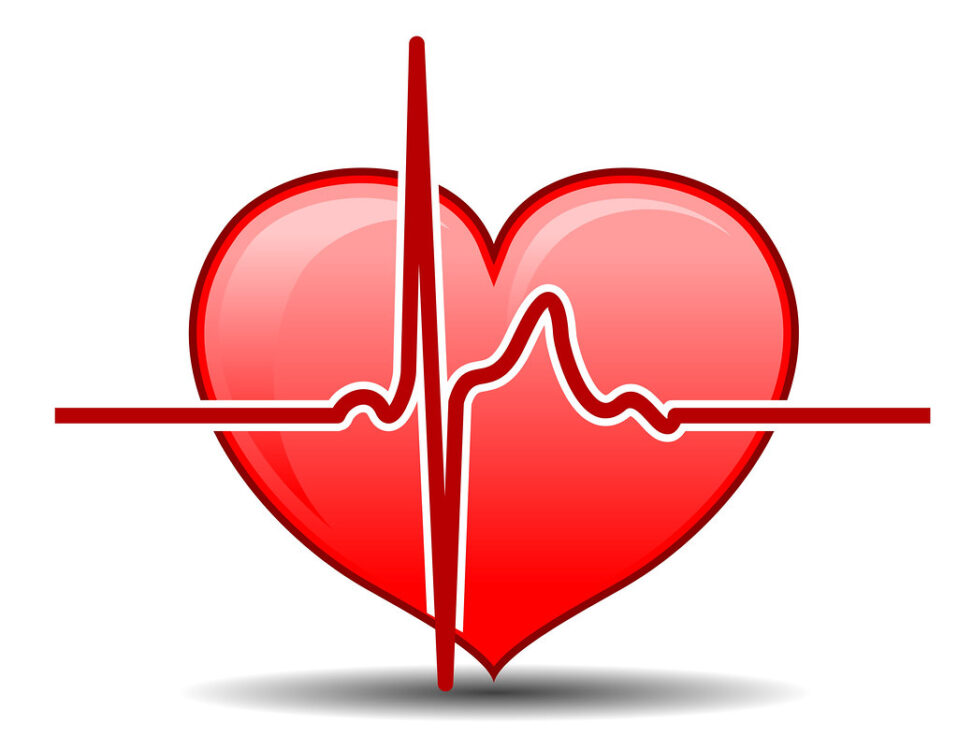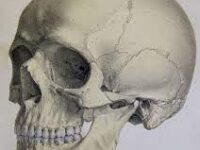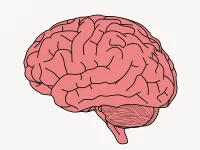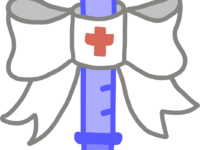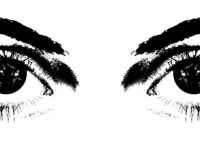How long can the brain function without oxygen from the heart? For a long time, scientists thought that the answer was about 6–10 minutes before the brain undergoes permanent damage. However, recent research reveals that 1 in 5 people who undergo cardiopulmonary resuscitation (CPR) and survive can remember events from when they were “dead.”
When patients undergo cardiac arrest, the heart suddenly stops pumping blood and vital organs like the brain can cease to function. While starting CPR immediately can double or triple the chance of survival, it can take up to an hour to fully restart the heart. New research published in Resuscitation conducted by Dr. Sam Parnia, an associate professor at the NYU Langone Health Department of Medicine, and his team of researchers reveals that some patients can recall events during this period, even while their brain is deprived of oxygen. Scientists call this idea “lucid death.” Cultures around the world have recorded signs of it, referring to them as hallucinations or dreams. It is only recently, though, that researchers have attempted to take a biological approach to studying it.
Parnia and his team conducted a study called AWARE II. Teaming up with 25 hospitals in the U.S. and U.K., they recorded any signs of consciousness while patients underwent cardiac emergencies. In one of two methods they used to do so, they monitored patients’ oxygen and brain activity while playing audiovisual stimuli through bluetooth headphones and a tablet screen during CPR. The audio named the words “banana,” “pear,” and “apple,” and the visual stimuli displayed 10 images. If the patients who survived were able to recall the names of the fruits played or any of the images displayed on the screen, it would support the researchers’ hypothesis that lucid death is real and that the patients were still aware of their surroundings despite being unconscious.
In the study, 53 of the 567 patients survived. None could accurately recall the images, and only one recalled the names of the fruit. However, researchers found “flurries” of hidden brain activity in the patients who survived instead of an electrical flatline, which suggests that there is some sort of brain activity occurring in patients, even while not receiving sufficient oxygen. They found brainwaves in these spikes of activity over an hour into CPR. These waves normally occur in conscious people’s higher mental functions like thinking, memory retrieval, and perception. About 40% of patients experienced electrical activity that re-emerged at some point with normal to near-normal brain waves, which are consistent with consciousness. This activity was restored up to around 60 minutes into CPR. Therefore, even with a lack of oxygen, the patients’ brains were still functioning similar to that of a conscious person.
“Researchers found ‘flurries’ of hidden brain activity in the patients who survived instead of an electrical flatline which suggests that there is some sort of brain activity occurring in patients undergoing CPR.”
Additionally, Parnia’s team interviewed 126 people in the community who had undergone cardiac arrest. They found that 40% of patients had some sort of awareness of the event and 20% had specific memories. For example, participants described perceptions of separation from the body, undergoing a re-evaluation of their life, or observing events without pain. Researchers categorized participants’ memories by type of sensation — such as dreams and delusion — and time of occurrence, like during or post resuscitation. These “themes” of recalled experiences will allow further research into the biochemistry of the lucid death phenomenon to be more specific and specialized.
The team hypothesizes that dying people gain access to their entire consciousness as a transition from life to death. They believe that the brain’s natural braking systems are released, which allow access to the depth of a person’s consciousness. Their findings can impact the way that clinicians and families treat patients undergoing cardiac emergencies. According to Dr. Lakhmir Chawla, an intensive care physician at Jennifer Moreno Department of Veterans Affairs in San Diego, California, families should have the opportunity to see their dying patients, as it is very possible that the patients can hear them. He also believes that the findings should inspire clinicians to treat these patients as if they were awake, which is something that currently does not happen.
“The team hypothesizes that dying people gain access to their entire consciousness as a transition from life to death.”
Further research could also investigate the evolutionary purpose of lucid death as well as the possible long term psychological effects of CPR, as we now know that the brain is aware of being resuscitated. Parnia’s team is also currently looking toward finding specific biomarkers of lucid death that could provide concrete evidence of this phenomenon. Although more research must be done, the fascinating field of lucid death has allowed for the emergence of a scientific perspective on the transition between life and death, and who knows what it might lead.
